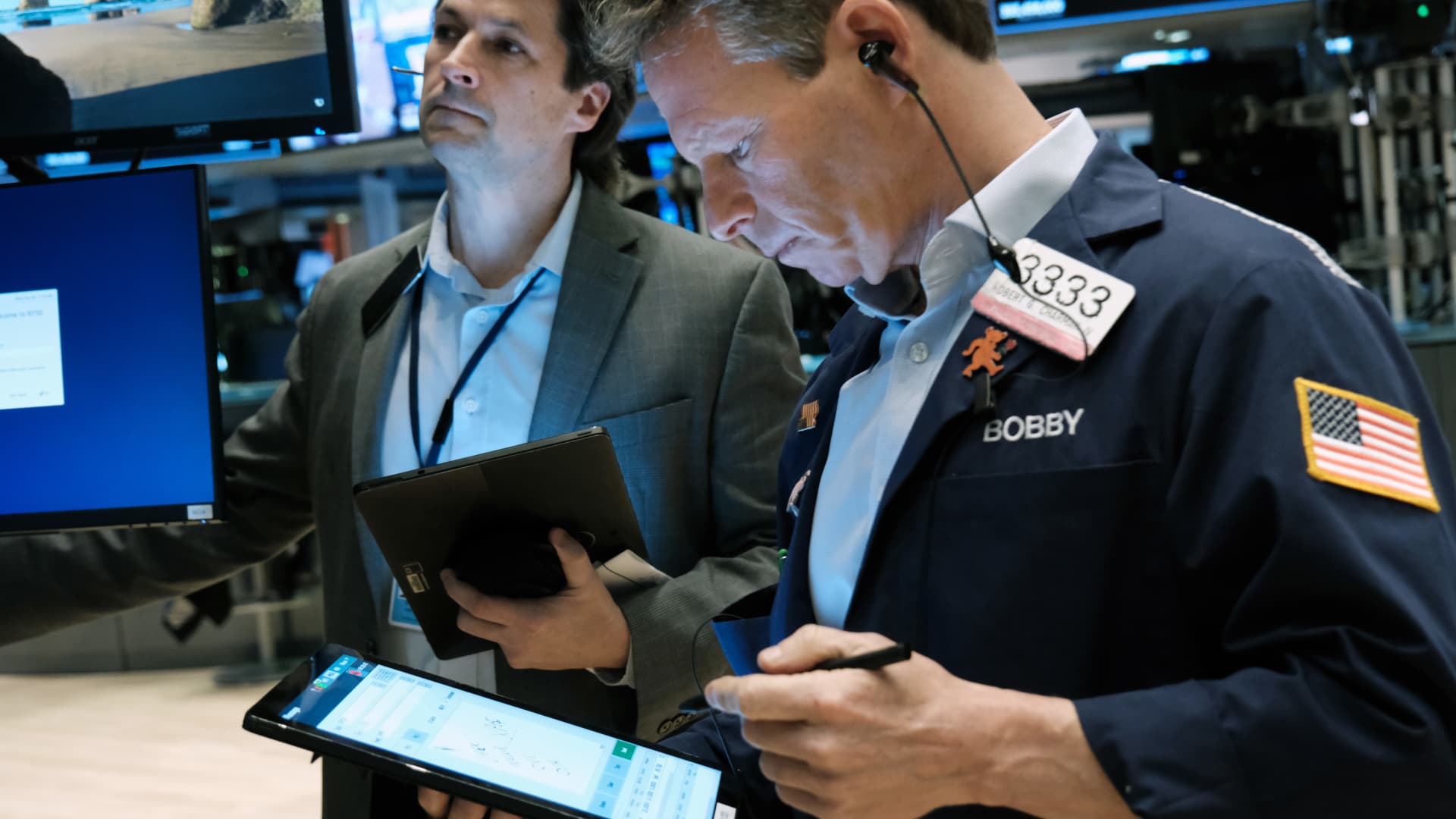
Recent indicators show the Federal Reserve may have to raise interest rates more than expected to tame inflation, leading to a higher likelihood of recession, according to multiple Wall Street research firms and some economists. Markets in recent days have accelerated their expectations for rates, pushing the expected range to 5.25%-5.5%, or about three-quarters of a point higher than the current level. But even that may not be enough. “We now believe it’s likely that the Fed will have to hike to 6% to set inflation on a sustainable path downward, and that a relatively deep recession is going to hit in the months ahead,” Wolfe Research said in a client note Monday. The outlook comes ahead of the central bank’s March meeting when investors expect another quarter-percentage point — or 25 basis point — rate increase. It started hiking in March 2022 after inflation hit its highest level in 41 years. Wolfe noted that some late 2022 economic data points amounted to “head fakes” that inflation is softer than reality. The term has been used by several Fed officials, such as Governor Christopher Waller , as a reason for the central bank to continue its aggressive monetary policy tightening. The firm expects higher rates and persistent inflation to act as a significant headwind to markets. This adds fuel to Wolfe’s bearish outlook over the intermediate term. Skepticism rising elsewhere Though Fed officials largely have stuck to the narrative that they can achieve a soft landing for the economy, doubts are beginning to grow. Bank of America, for instance, said it thinks policymakers may have to take the benchmark funds rate to the 6% range. The bank’s economists also expect a recession as the most likely outcome. “We conclude that consumer demand will probably have to weaken considerably for inflation to return to 2%,” wrote the bank’s senior economist, Aditya Bhave. “This will likely lead to a recession, because the non-consumer sectors of the economy already look soft. The strength in the January activity and inflation data suggests that the Fed might have to hike considerably further to find the point of pain for the consumer. Right-tail risks to the terminal rate are growing.” Indeed, recent indicators show that — after abating late last year — inflation is back. The consumer price index increased 0.5% in January and is up 6.4% from a year ago, while the producer price index jumped 0.7% for the month and 6% annually. Perhaps more important, the personal consumption expenditures price index — the Fed’s preferred gauge — increased 0.6% month over month and 5.4% year over year. All of those readings were higher than expected and well above the central bank’s 2% target. The move to 6% Getting inflation down will require softening consumer demand, something the Fed’s rate hiking have yet to achieve on a broad basis, Bhave wrote. “The main takeaway from our analysis is that aggregate demand needs to weaken significantly for inflation to return to the Fed’s target,” he said. “Further supply-chain normalization and a slowdown in the labor market will help, but only to a degree. Moreover, these processes are taking longer than we and markets were expecting.” The takeaway is that “the resilience of demand-driven inflation means the Fed might have to raise rates closer to 6% to get inflation back to target,” Bhave added. Deutsche Bank also weighed in, saying the Fed may have to consider hiking by a half-point at the March meeting to send a stronger message about its inflation commitment. The speculation about where the Fed needs to go meshes with two recent white papers, one from the Cleveland Fed and another from a group of economists including former Fed Governor Frederic Mishkin. The latter paper , released Friday at a University of Chicago monetary policy forum in New York, noted there is no history of the Fed being able to achieve disinflation without causing a recession. In the Cleveland Fed white paper , the authors suggested the central bank reconsider its 2% inflation target because it isn’t likely to achieve it anytime soon. It said core PCE inflation is likely to cool only to 2.75% by 2025, adding that “a deep recession would be necessary” for the Fed to achieve its goal.
